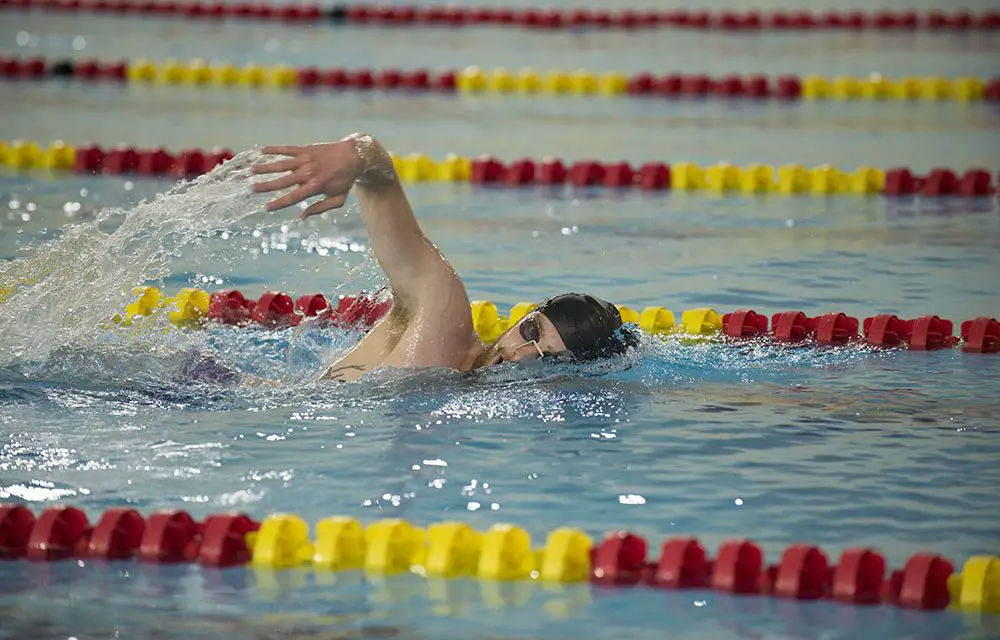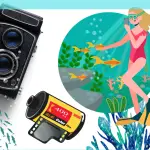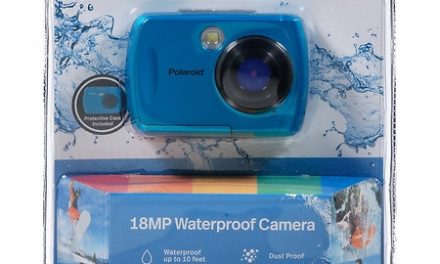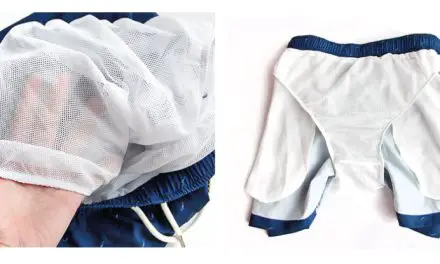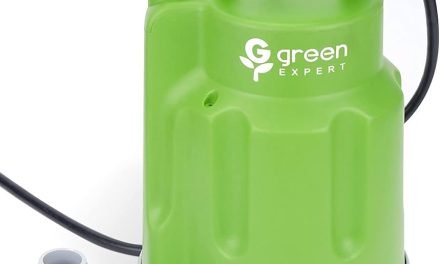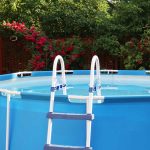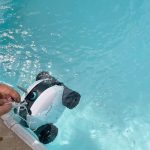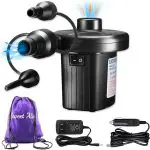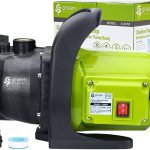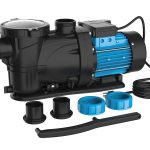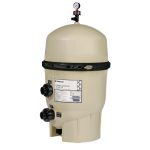To become a better swimmer, focus on technique, balance, kick, pull, rotation, breathing, and underwater work. Improve your health, learn to breathe properly, and work on your balance.
Train shorter sessions and make them more challenging. Find the right outfit and goggles, and get a lookout to monitor your progress. Additionally, hiring a coach, joining a swim squad, structuring your session, using training aids, and swimming in open water can also help improve your swimming skills and performance.
Remember to measure your progress to stay motivated and track your improvement.
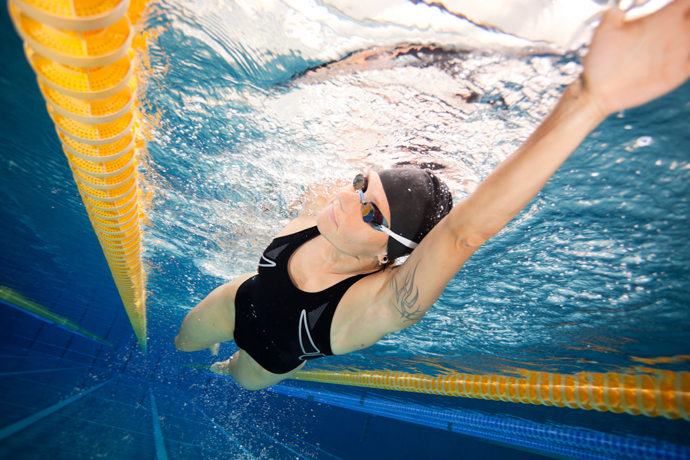
Credit: www.enjoy-swimming.com
Understanding The Fundamentals
Improve your swimming skills with a comprehensive understanding of the fundamentals. From focusing on technique to incorporating strength training, these tips will help you become a better swimmer in no time.
To become a better swimmer, it is important to understand the fundamentals of swimming. Mastering the different swimming strokes is essential for improving your technique and overall performance in the water. In this section, we will explore the key elements of four popular swimming strokes: the freestyle stroke, breaststroke, butterfly stroke, and backstroke.
Mastering The Freestyle Stroke:
The freestyle stroke, also known as the front crawl, is the most common and fastest swimming stroke. To improve your freestyle technique, consider the following:
- Body Position: Maintain a horizontal position in the water with your body straight and aligned.
- Arm Movement: Reach forward with one arm while the other arm is recovering above the water. Use a continuous and relaxed arm movement.
- Kick Technique: Use a flutter kick, keeping your legs and feet relaxed with a slight bend in your knees.
- Breathing: Breathe to the side by turning your head with each arm stroke. Exhale underwater and inhale when your mouth is clear of the water.
- Practice Drills: Incorporate drills such as catch-up drills, finger-drag drills, and one-arm drills to improve specific aspects of your freestyle technique.
Improving Breaststroke Technique:
The breaststroke is a rhythmic and efficient stroke that requires coordination between your arms, legs, and breathing. Consider the following tips to improve your breaststroke technique:
- Body Position: Keep your body horizontal and streamlined, with your head facing forward and your hips close to the surface of the water.
- Arm Movement: Start with your arms extended forward, then pull them back in a circular motion, pushing water behind you. Coordinate your arm movement with your leg kick.
- Leg Kick: Use a whip kick, with your legs moving simultaneously in an outward motion and then back together. Keep your knees close together and your feet flexed.
- Breathing: Inhale when your head is above the water during the arm pull phase. Exhale through your nose and mouth while your face is submerged.
- Timing: Coordinate your arm pull and leg kick in a smooth and continuous motion. Avoid rushing or pausing between strokes.
Perfecting The Butterfly Stroke:
The butterfly stroke is a challenging and powerful stroke that requires strength and coordination. Here are some tips to help you perfect your butterfly technique:
- Body Position: Keep your body horizontal and streamlined, with your head facing down and your hips close to the surface of the water.
- Arm Movement: Start with your arms extended forward, then simultaneously pull them back in a circular motion, pushing water down and backward.
- Leg Kick: Use a powerful dolphin kick, with both legs moving in a simultaneous up and down motion, like a dolphin’s tail.
- Breathing: Time your breathing with the arm recovery phase. Take a quick breath when your arms exit the water and your head is above the surface.
- Core Engagement: Engage your core muscles to maintain stability and generate power during the butterfly stroke.
Enhancing Backstroke Form:
Backstroke is a popular stroke that allows you to swim comfortably on your back. Here are some tips to enhance your backstroke technique:
- Body Position: Keep your body aligned and parallel to the water’s surface, with your head facing up and your hips close to the surface.
- Arm Movement: Start with your arms extended overhead, then alternately pull them downward in a circular motion, pushing water away from your body.
- Leg Kick: Use an alternating flutter kick, with your legs moving up and down in a relaxed and rhythmic motion.
- Breathing: Breathe continuously by turning your head to the side with each arm stroke. Exhale underwater and inhale when your mouth is clear of the water.
- Sculling: Incorporate sculling movements with your hands to maintain balance and propulsion.
By understanding and practicing the fundamentals of swimming strokes, you can become a better swimmer. Focus on mastering the freestyle stroke, improving your breaststroke technique, perfecting the butterfly stroke, and enhancing your backstroke form. Regular practice and dedication will yield significant improvements in your swimming abilities.
So, jump into the water and start working on your swimming skills today!
Fine-Tuning Your Technique
Learn techniques to enhance your swimming abilities and become a better swimmer. Improve your form, focus on specific aspects like breathing and balance, and incorporate strength training to increase your power in the water. Building a foundation of technique and skill is key to improving your swimming speed and overall performance.
To become a better swimmer, it’s important to focus on fine-tuning your technique. Here are some key areas to work on:
- #### Focus on Body Alignment and Balance:
- Maintain a straight body position in the water to reduce drag.
- Keep your head aligned with your spine to avoid tilting and straining your neck.
- Engage your core muscles to improve stability and balance in the water.
- #### Optimizing Your Arm Movement:
- Keep your arms relaxed, yet firm, throughout each stroke.
- Bend your elbows and pull through the water using a high elbow position.
- Fully extend your arms during the recovery phase to maximize your reach.
- #### Developing a Powerful Kick:
- Kick from your hips rather than your knees to generate more propulsion.
- Keep your legs straight and your toes pointed during the upswing and downswing.
- Practice ankle flexibility exercises to enhance your kicking power.
- #### Improving Breathing Techniques:
- Coordinate your breath with your stroke to avoid disrupting your rhythm.
- Exhale slowly and continuously through your nose and mouth while your face is in the water.
- Rotate your head to the side to take a quick breath, keeping it low and close to the water’s surface.
Remember, mastering these techniques takes time and practice. Be patient with yourself and focus on one aspect at a time. With dedicated effort, you’ll become a better swimmer and improve your overall performance in the water.
Dive Into Advanced Training Methods
Dive into advanced training methods to become a better swimmer. Discover strategies like hiring a coach, joining a swim squad, structuring your sessions, using training aids, swimming in the open water, and incorporating stretching.
To become a better swimmer, it’s essential to go beyond basic training techniques and challenge yourself with advanced methods. Here are some effective ways to take your swimming to the next level:
Incorporating Strength Training For Swimmers
- Incorporate strength training exercises into your workout routine to improve overall swim performance.
- Focus on exercises that target your core, upper body, and lower body strength.
- Examples of strength training exercises for swimmers include push-ups, pull-ups, squats, deadlifts, and lunges.
- By building strength, you can enhance your power and endurance in the water.
Utilizing Training Aids To Enhance Performance
- Take advantage of various training aids designed specifically for swimmers.
- Swim fins can help improve leg strength and technique.
- Kickboards can be used to isolate and strengthen your leg muscles.
- Pull buoys can assist in focusing on your upper body strength and stroke technique.
- Hand paddles can increase resistance and improve arm and shoulder strength.
Exploring Open Water Swimming
- Challenge yourself by venturing beyond the confines of the pool and trying open water swimming.
- Open water swimming offers a different set of challenges, such as navigation, currents, and changing water conditions.
- Consider participating in open water races or joining a local open water swimming group.
- The experience gained from open water swimming can enhance your overall swimming skills, including adaptability and endurance.
Fine-Tuning Your Race Strategy
- Improve your racing performance by analyzing and fine-tuning your race strategy.
- Focus on developing a strong start technique to gain an advantage over your competitors.
- Pay attention to pacing and learn to maintain a consistent speed throughout the race.
- Work on your turns and streamline technique to minimize resistance in the water.
- Adapt your race strategy based on the length of the race and your individual strengths and weaknesses.
By incorporating these advanced training methods into your swimming routine, you can elevate your skills and become a better swimmer. Remember to prioritize proper technique, consistency, and a balanced approach to training for optimal results.
Tracking And Measuring Progress
Tracking and measuring progress is essential for becoming a better swimmer. By consistently monitoring your swim sessions and recording your times and distances, you can identify areas for improvement and set goals to work towards. Regularly tracking your progress will help you stay motivated and see the positive changes in your swimming abilities over time.
Tracking and measuring your progress is essential when it comes to becoming a better swimmer. By keeping track of your goals, swim times, stroke efficiency, and feedback from a coach, you can monitor your growth and make necessary adjustments to improve your performance.
Here are some effective ways to track and measure your progress:
- Setting Goals and Creating a Training Plan: To measure your progress, it’s important to set specific, attainable goals for yourself. Whether it’s improving your lap time or mastering a new stroke, setting goals will give you something to work towards. Develop a training plan that includes the number of workouts per week, types of drills, and distances to swim. This will help you stay focused and track your progress along the way.
- Monitoring Your Swim Times and Mileage: Keeping tabs on your swim times and mileage is crucial for measuring improvement. Record your lap times for different distances and stroke types to see if you’re getting faster over time. Additionally, track the total distance you swim each week or month to ensure you’re consistently challenging yourself.
- Analyzing Stroke Efficiency through Video Analysis: Video analysis is a powerful tool for swimmers to identify areas for improvement. By filming your strokes and analyzing the footage, you can pinpoint any flaws or inefficiencies in your technique. Pay attention to your body position, arm movement, and kick to spot areas that need refinement. Working with a swim coach or using online resources can provide valuable feedback on stroke efficiency.
- Working with a Swim Coach for Feedback and Guidance: Seeking the guidance of a qualified swim coach can greatly enhance your progress. A coach can provide valuable feedback and tailor training plans to your specific needs. They can identify areas for improvement, correct your technique, and offer personalized advice to help you reach your swimming goals. Regular communication with a coach ensures that you stay on track and make necessary adjustments along the way.
By tracking and measuring your progress, you’ll be able to identify areas for improvement and make informed decisions about your training. Remember to set goals, monitor your swim times and mileage, analyze stroke efficiency through video analysis, and work with a swim coach for feedback and guidance.
These strategies will help you become a better swimmer and achieve your swimming goals.
Frequently Asked Questions On How To Be A Better Swimmer
How Can I Improve My Swimming?
To improve your swimming: 1. Work on balance, kick, pull, and body rotation. 2. Focus on technique and breathing. 3. Use training aids and measure your progress. 4. Consider hiring a coach or joining a swim squad.
How Long Does It Take To Become A Better Swimmer?
Becoming a better swimmer can vary, but it generally takes time and consistent practice.
How Do Swimmers Get So Strong?
Swimmers get strong by focusing on technique, balance, kick, pull, and rotation, and by improving their health and breathing. Training aids, pool boy training, and strength work can also help build swimming power.
Conclusion
The Ultimate Guide becoming a better swimmer requires dedication and proper technique. By following the right steps, you can improve your swimming skills and become more efficient in the water. First, focus on your technique by working on your body position, breathing, and stroke.
This will help you swim faster and with less effort. Additionally, consider incorporating training aids such as paddles and pool boy training to build strength and power in the water. Structuring your swim sessions and joining a swim squad or hiring a coach can also provide valuable guidance and accountability.
Lastly, don’t forget to stretch and engage your core muscles for better stability and flexibility. Remember, progress takes time, so measure your improvement and celebrate your achievements along the way. With patience and consistent practice, you can become a better swimmer and enjoy the many benefits that swimming has to offer.

